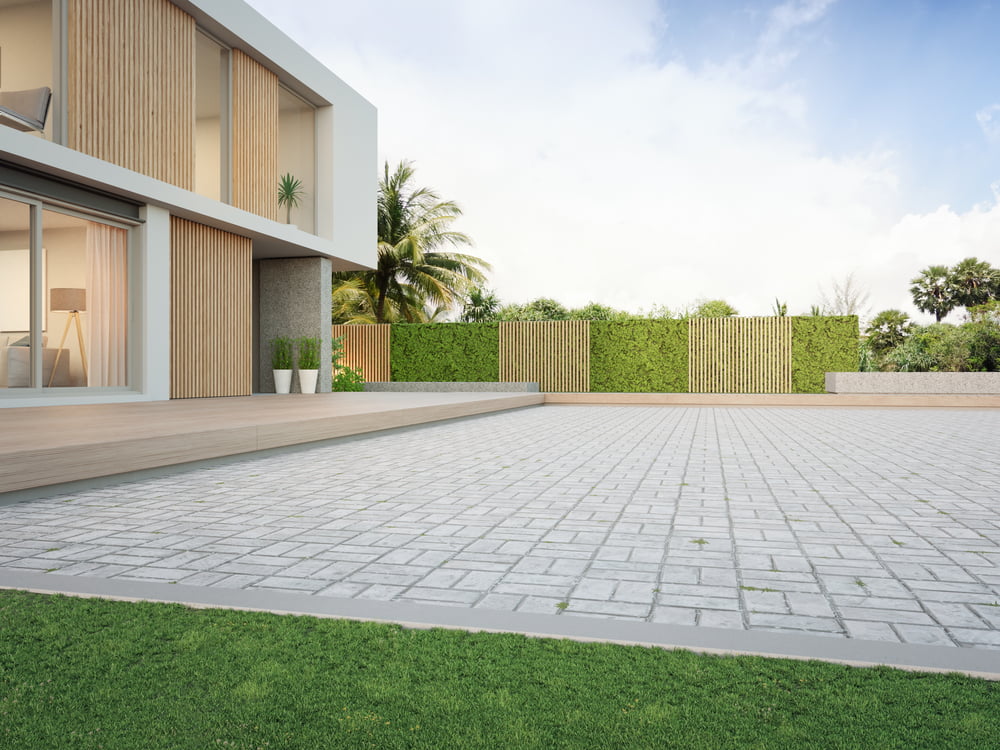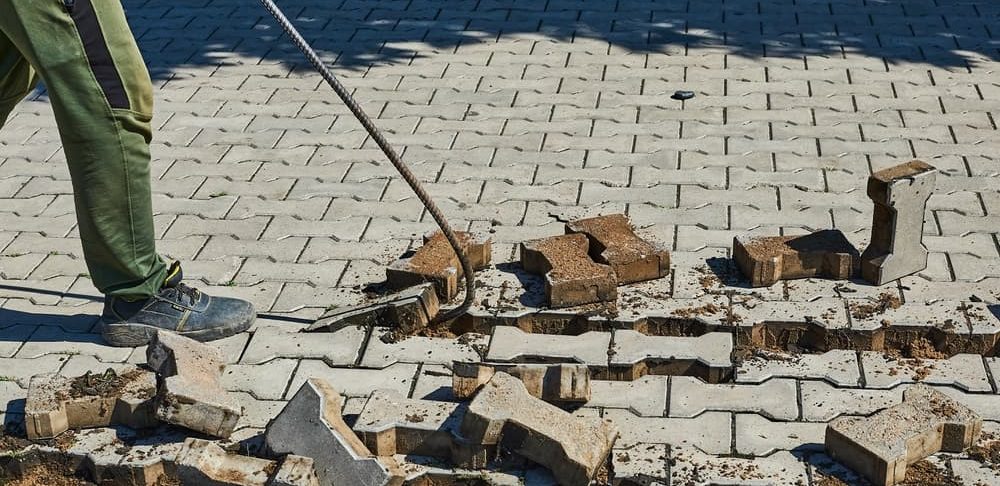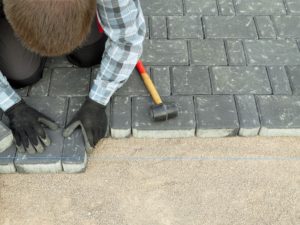While concrete patios are durable, they may crack for various reasons. Thus, it’s essential to understand the causes of the damage and fix it promptly to avoid accidents and protect your home’s integrity.
About 61.4% of new homes had patios in 2020, and the majority of those used concrete as these surfaces are popular for their easy maintenance and ability to withstand harsh weather elements. Therefore, when they crack, you may not know why.
Are you wondering what causes cracks on your concrete patio? Read on to discover common causes of such damage and how to fix it.
Concrete Settlement
Expansive soil such as clay or loam may reduce in volume when dry. If you constructed a concrete patio over such ground, some sides would sink when the soil volume changes. This issue will then cause cracks to the surface and sometimes break apart.
Another issue that may cause the settlement is uneven concrete pouring. Putting a high volume of concrete in some areas will exert increased pressure. After that, the lighter parts will lift due to varying weight and crack.
Since concrete settlement can damage an entire concrete patio, consider raising the sunk parts with polyurethane structural foam. This substance will improve structural stability without increasing the weight significantly.
If your concrete pavement has extensive settlement, experts may recommend replacement. This measure will ensure even pouring and avoid future damages.
Soil Erosion
Soil erosion is a prevalent cause of concrete patio cracks, especially in sloped areas that experience heavy rainfall. This issue may also occur in regions that often experience flooding.
When erosion occurs, it creates air pockets under the concrete. Besides, it weakens the patio’s support system and creates uneven pressure. This issue then causes some parts to sink or rise based on the distribution of air pockets.
Fixing patio damage caused by soil erosion requires ensuring proper water drainage. You may also need to replace your concrete patio if the contractor that installed the surface didn’t compact the soil beneath as needed.
Concrete Patio Heave
Concrete patio heaving will happen when the soil beneath expands after absorbing water. After that, the ground will exert high pressure, causing patio cracks.
Prevent heaving by ensuring your property has proper drainage. Further, repair broken pipes that may leak water into the soil. It’s also best to install gutters to prevent water from pooling around your foundation.
Spalling
Concrete spalling refers to the breakdown of the surface due to natural weathering. It may also happen due to various chemical reactions. For example, the reinforcing bar grid may rust due to water exposure and weaken.
When you notice concrete patio spalling, you may notice cracks and sometimes chipped sections. If you don’t fix this damage, it may extend to the rest of the surface, leading to costly repairs.
Experts often repair spalling concrete patios using epoxy. Still, this substance will only be suitable if the surface has small-sized cracks in a few areas. The contractor may recommend replacement and water mitigation if the damage is significant.
Root Damage
If your home is near trees, your patio may get cracks due to root damage. This issue will happen when the roots grow and find their way underneath the concrete surface.
You may have to replace the entire patio when you don’t repair cracks resulting from root damage because the roots will exert more pressure until the concrete separates from compacted soil.
The best way to deal with such concrete cracks is to cut down trees near the patio. After that, hire an expert to fill gaps or replace concrete, depending on the extent of the root damage.
Foundation Damage
Foundation damage may cause your patio to crack, especially if the space is an extension of your home. This issue may occur if the soil beneath the foundation has a low density. It can also happen due to poor soil compaction during construction.
Your home’s foundation will start sinking if it doesn’t have a good base. After that, the connected patio will pull away and crack.
Fixing patio cracks from foundation damage needs comprehensive inspection. A construction expert will check your home to identify the primary cause of the issue.
After that, they will fix it and repair the cracked concrete patio. Experts may also recommend maintenance practices to protect your foundation and the connected deck.
Poor Mud Mixture and Installation
Constructing a concrete patio requires accurate water, sand, and cement ratio. Unfortunately, some people may add excess water to ease application. This issue leads to a poor cement mud mixture that weakens your patio and causes cracks.
Other installation issues that may cause patio cracks are:
- Insufficient curing
- Failure to install control joints
- Poor quality reinforcement
The best solution for poor installation is having professional concrete contractors by your side. This measure will prevent frequent repairs and ensure you use the proper materials.

Contact Richfield Blacktop for Concrete Patio Services
Hiring an expert to fix a cracked concrete patio will protect your investment. At Richfield Blacktop, we will inspect the damaged structure to identify the primary issue. After that, we will fix it with high-quality materials and advise accordingly. Contact us now for a quote.





